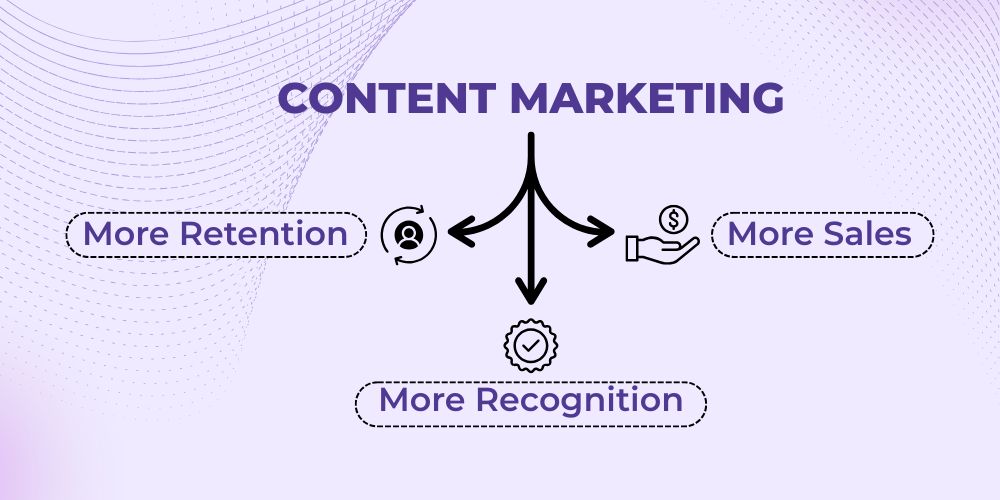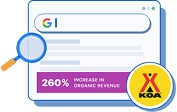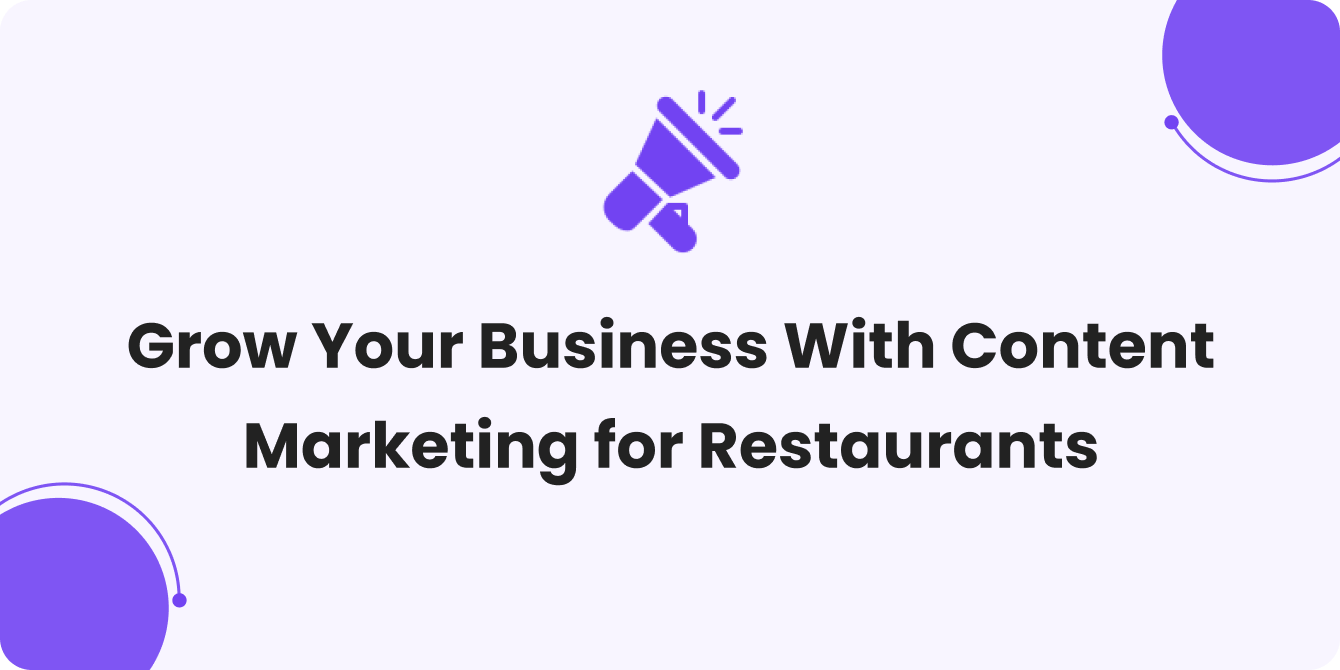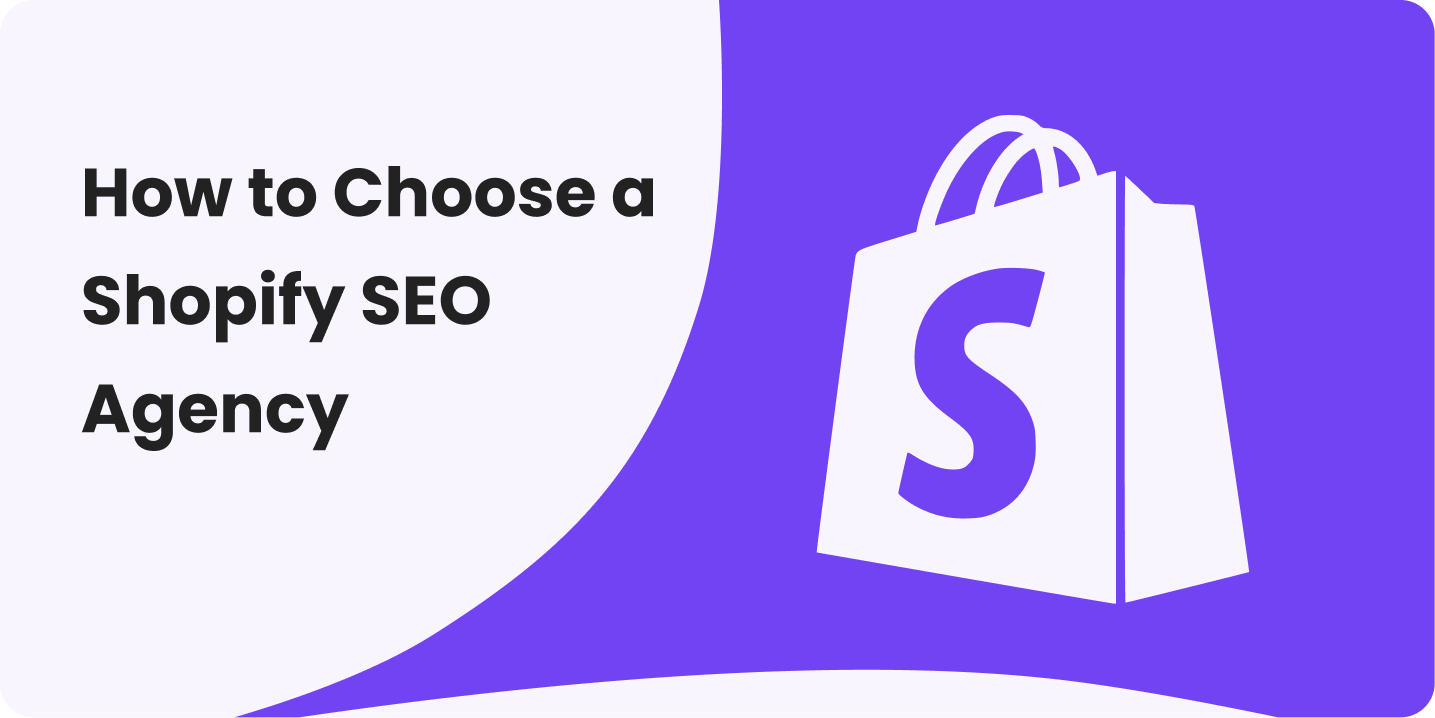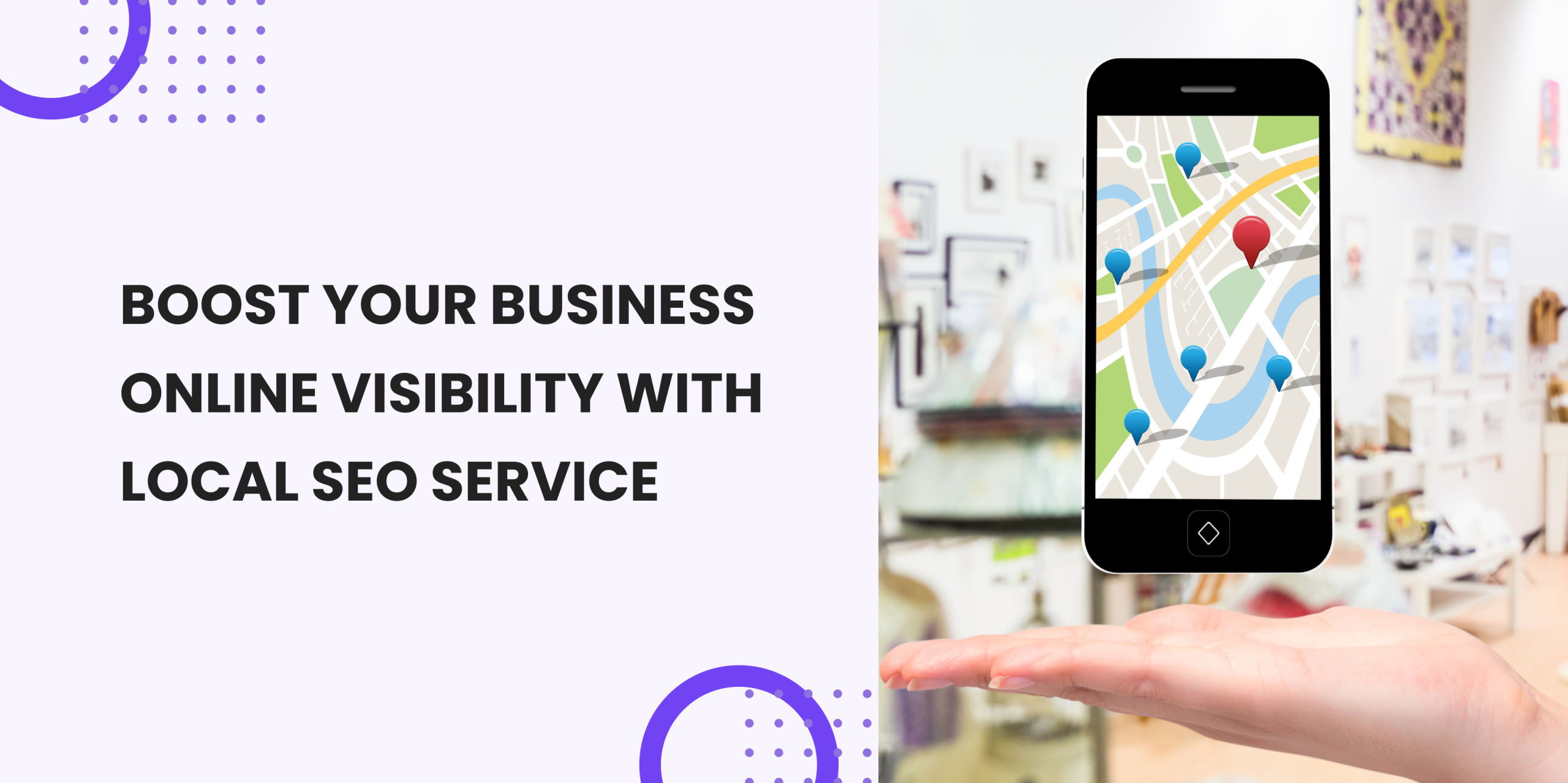Running a small business in Dubai is both exciting and exhausting. You’re constantly wearing multiple hats, handling operations, customer service, and yes, marketing too.
Amid this hustle, you may have heard the buzz about content marketing. But in a world filled with TikToks, ChatGPT, SEO tricks, and overwhelming marketing jargon… you’ve probably asked yourself:
“Are small businesses like mine still benefiting from content marketing?“
We get it. It feels like content marketing has become this massive, over-complicated beast that only big brands can afford to tame.
However, here’s the truth: when executed correctly, a content marketing strategy is one of the most powerful, affordable, and sustainable ways for small businesses to establish brand trust, engage with their audience, and drive long-term growth.
What Is Content Marketing Anyway?
Think of it like this, content marketing is storytelling with purpose. You’re not just selling products or services; you’re sharing value, insight, and information that your audience actually wants. It could be:
- A blog that helps people solve a problem.
- A short video explaining how your service works.
- An Instagram post that educates while it entertains.
You’re not just marketing, you’re connecting. And that’s where the magic happens.
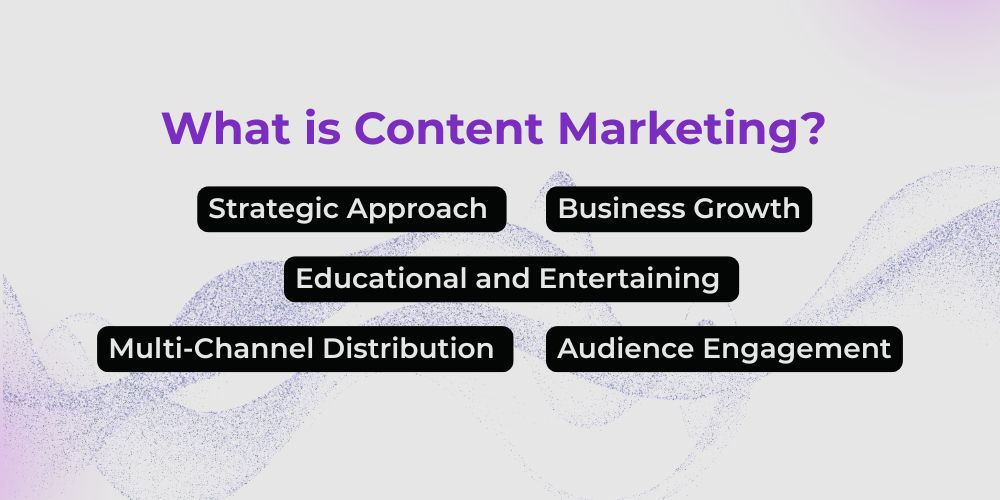
Why Is Content Marketing Important for Small Businesses?
Let’s start with a scene we’ve all lived through. You’re a new brand in town.
You don’t have a huge marketing budget. Your competitors? They’ve got the fancy billboards and radio ads. But you’ve got something they might not have yet, a strong, honest story and a hungry audience looking for real solutions.
Here’s what content marketing brings to the table:
1. Visibility without Breaking the Bank
You don’t need AED 100,000 to be seen. A well-written blog post or SEO-optimized website page can sit on Google, working for you 24/7, bringing people in organically. That’s the beauty of content, it compounds over time.
2. Trust = Loyalty
One great thing about content is that it helps you build trust amongst your audience even before they actually make any purchase from you.
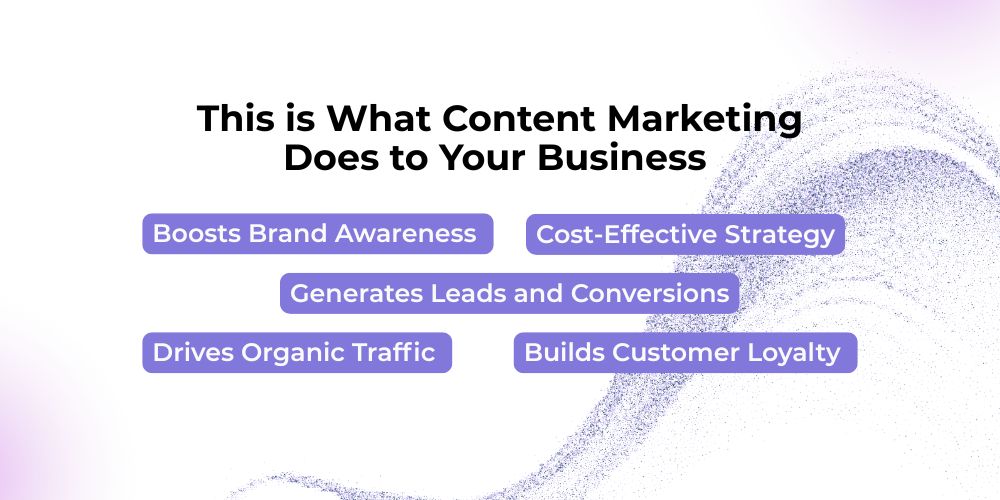
Whether you’re a local café sharing recipes or a fitness coach giving out health tips, people remember brands that educate rather than just sell.
3. Customer Education
Ever had to answer the same question 15 times a day? “What services do you offer?” “How does it work?” With content, you can answer once, publicly, and build up a smarter, more confident audience.
4. Stronger SEO = More Leads
Google loves helpful, consistent content. Blogs, videos, FAQs, and case studies help your business rank higher for relevant search terms. This means people find you without paid ads.
At The Meta Future, we’ve helped several Dubai-based small businesses grow their web traffic and customer engagement simply by creating and sharing the right kind of content.
Does Your Small Business Need Content Marketing?
Here’s a question we often ask small business owners:
Are your potential customers searching for anything related to your business on Google?
If the answer is yes, then your business can benefit from content marketing.
Let’s take two examples.
Case 1: Local Boutique in Dubai Marina
Sara owns a sustainable fashion store. Her biggest challenge? Competing with international giants.
So she starts writing blogs on “Eco-Friendly Fashion in Dubai” and “What Makes Clothes Sustainable?” What happens next?
Soon, people who are searching those exact terms land on her site organically and make purchases.
Case 2: A Homegrown Fitness Coach
Ali runs personal training sessions. He shares reels and quick tips on Instagram, creates blogs about “How to Stay Fit During Dubai Summers,” and offers a free fitness PDF.
His followers grow. So do inquiries.
If you are still not sure about it, then ask yourself:
- Do I want to grow my online presence?
- Is my audience looking for answers or tips online?
- Do I want to reduce my ad spend over time?
- Am I okay with playing the long game for sustainable growth?
If the answer to all these questions is yes, then content marketing is not an option for you. Instead, it’s very much essential.
How to Build a Small Business Content Strategy in 10 Steps
1. Start With Your “Why” (Not Just Goals)
Let’s face it, if your content marketing plan is just “get more traffic,” it’s going to fizzle out fast. Why? Because goals like that are vague. And vague goals lead to vague content.
Instead, dig deeper. Ask yourself:
- “Why are we even creating content?”
- Are you looking to build credibility in your industry?
- Educate people?
- Nurture leads before they’re ready to buy?
- Or maybe you want to change perceptions around your product?
Let me tell you a quick story. One of our clients, a real estate agent in Dubai, was frustrated. He wasn’t converting leads, even though he had traffic.
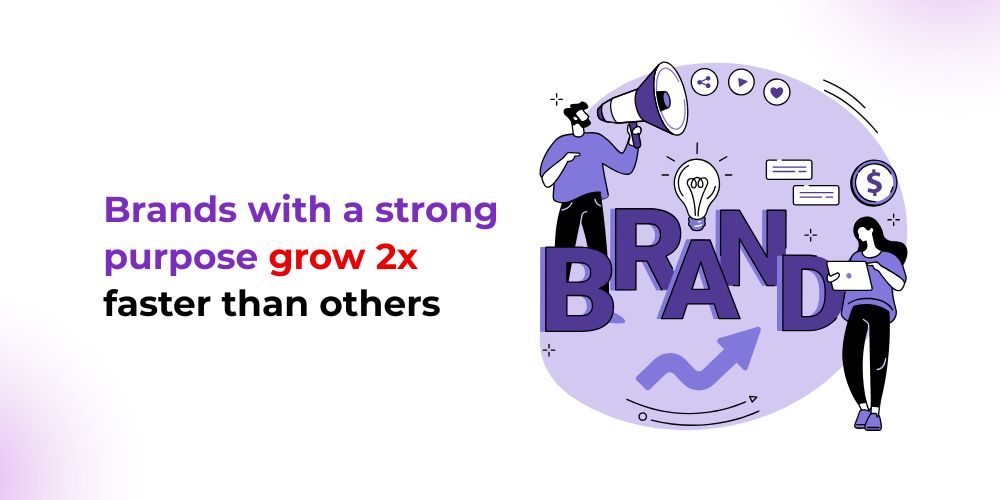
After some digging, we realized the trust gap was the issue. His buyers, especially first-timers, didn’t feel confident. So we shifted his “why” to education. We created a content series: “What to Know Before Buying Property in Dubai.” Within months, his bounce rate dropped and inquiries increased.
Tip: Define 2–3 strong, specific “why” statements.
Instead of saying “I want more leads,” try:
- “I want to educate my audience so they trust us before buying.”
- “I want to help my customers feel assured when they make a decision.”
Your content becomes more strategic when it has a real purpose. And at The Meta Future, that’s our first step with every brand.
2. Know Exactly Who You’re Talking To
Here’s a mistake we see all the time: businesses talking to everyone. The result? Your message connects with no one.
Content is about connection. And you can’t connect if you don’t know who’s on the other side. That’s where buyer personas come in. Think of them as fictional but data-backed versions of your ideal customers.
Are you targeting:
- Time-starved working parents who shop on their phones?
- First-time homebuyers overwhelmed by the process?
- Tech-savvy Gen Z shoppers who value sustainability?
The way you speak, the channels you use, and the kind of content you publish will all change depending on who your people are.
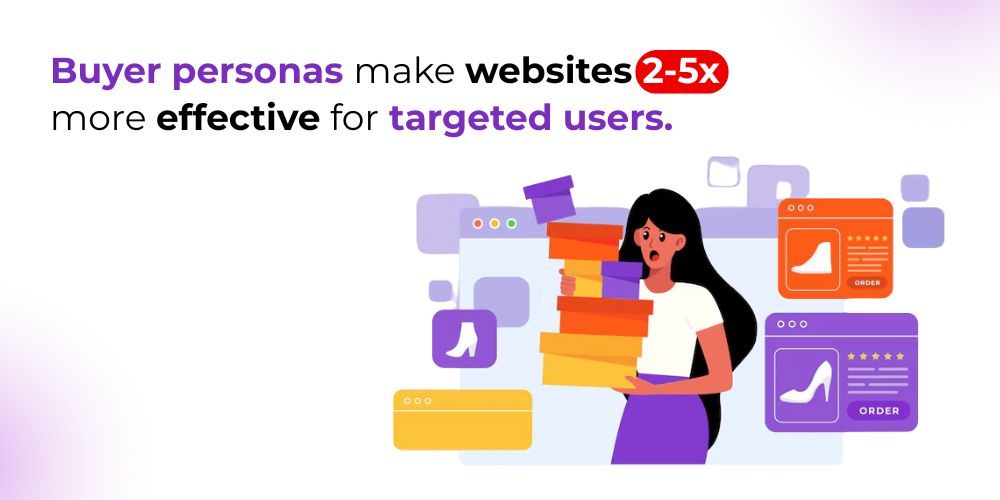
Let’s take an example from one of our restaurant clients in Jumeirah. Their initial posts were too formal, a fine dining tone.
But their real audience? Millennials are looking for fun, casual dining experiences. Once we shifted the tone to match, more casual photos, behind-the-scenes videos, and witty captions, engagement soared.
Tip: Use Instagram polls, simple surveys, or even DM conversations to find out:
- What are your audience’s biggest pain points?
- What questions do they often ask?
- What formats do they prefer, video, blogs, or reels?
At The Meta Future, we help brands build their tone, visuals, and messaging around their exact audience. That’s when things click.
3. Audit Your Existing Content (Even If It’s Just a Brochure)
Before you start creating new content, pause. You probably already have more than you think.
- That old brochure? It has core brand messaging.
- The 10 blog posts from two years ago? Some may still rank.
- Your Instagram posts? They tell you what visuals your audience likes.
Content audits help you see what’s working, what’s outdated, and what can be repurposed.
Let’s say you run a sustainable fashion store in Al Quoz. You have blogs from 2020 about “eco-friendly fabrics.” Instead of starting from scratch, update them.
Add current data, rewrite the headline, and optimize for keywords like “sustainable fashion in Dubai.” Voila! Fresh content with half the effort.
Tip: Create a simple spreadsheet and rate each piece:
- Keep: Still relevant and performing
- Improve: Needs updates, new keywords, or visuals
- Remove: Outdated, irrelevant, or underperforming
This way, you save time, stay consistent, and build smarter. We do this for every client at The Meta Future, before writing a single new word.
4. Decide Where Your Content Will Live
It’s tempting to post everywhere, YouTube, Facebook, Pinterest, TikTok, blog, newsletter, podcast…
But as a small business, spreading yourself too thin is a fast track to burnout.
Instead, ask: Where is my audience hanging out, and how do they like to consume content?
A design studio might do well on Instagram and Pinterest with visual content.
A digital consultant might shine on LinkedIn and Medium with thought-leadership blogs.
Tip: Start with:
- One primary content platform (e.g., blog or YouTube)
- One distribution channel (e.g., Instagram or newsletter)
For example, one of our coaching clients started a weekly podcast but struggled to gain traction. We shifted focus to writing LinkedIn newsletters, and boom, engagement tripled, and more people booked consultations.
Where your content lives matters. Make sure it’s somewhere your people actually visit.
5. Create a Content Series, Not Just Random Posts
Ever fall into the trap of posting just to “stay active”? No shame, we’ve all been there. But that approach often results in disjointed posts that don’t build momentum.
Now think of your favorite Netflix series. You come back episode after episode because there’s a story unfolding. That’s exactly what your content should do.
Instead of random tips, try:
- A “Meet the Team Monday” series
- A “Weekly Small Business Spotlight”
- A 3-part blog series on a trending topic
When we did this for a local digital learning startup, launching a “Startup Stories” blog series, their traffic increased 4x in two months. People came back to read the next one.
Tip: Plan monthly content themes. Example:
- Week 1: Educational Post
- Week 2: Case Study
- Week 3: Behind-the-scenes
- Week 4: Customer Testimonial
Consistency builds trust. And series-style content builds bingeable interest.
6. Set a Content Calendar, You Can Actually Stick To
A content plan is only as good as its execution. It’s easy to dream up a daily content strategy…until real life kicks in.
We always say: It’s better to post consistently once a week than randomly five times in one week, then go silent.
Tip: Set realistic expectations.
- Solo founder? Aim for 2 posts per week.
- Small team? Maybe 4–5 posts across channels.
- Busy week? Repurpose instead of creating from scratch.
Use tools like Notion, Trello, or Google Calendar to lay out your plan by week or month.
At The Meta Future, we create custom editorial calendars based on team size, business goals, and content capacity. No fluff, no pressure, just practical, doable steps.
7. Write Like a Human, Not a Robot
We’ve all read those blogs that sound like they were written by a legal team for a toaster manual. They’re painful. And they don’t connect.
Instead, write like you speak. Imagine you’re talking to a real customer. What would you say?
Here’s a before/after we love: “This software solution enhances workflow optimization through synergy.”
“This tool helps you get stuff done faster, without the usual stress.”
Tip: Read your content out loud. If it sounds stiff, rewrite it.
Use contractions (“we’re,” “you’ll”), everyday words, and humor when it fits.
That’s the tone we use at The Meta Future, friendly, clear, and quietly confident. And it works.
8. Make It Visual and Snackable
No one likes staring at a wall of text, especially on a phone screen.
Break up your content with:
- Bullet points
- Bold subheadings
- Icons and illustrations
- Pull quotes
- Short videos or GIFs
Tip: Use Canva to create branded visuals.
Even simple quote graphics or list posts get shared more on social platforms.
For a client in the coaching industry, we turned a 2,000-word blog into an infographic and carousel. That visual version outperformed the blog in engagement by 300%.
Words matter. But visuals help people remember.
9. Distribute Like You Mean It
Creating content is only half the job. Distribution is the other half, and it’s just as important.
We say this all the time at The Meta Future: “If you don’t share it, it didn’t happen.”
So, where can you distribute?
- Social media (but tailored for each platform)
- Newsletters
- WhatsApp business groups
- Community forums (like Reddit or Facebook groups)
- Collabs with other small businesses
Tip: Promote each piece of content at least 3–4 times in different formats.
- Blog post → LinkedIn summary
- Video → Reel → Story → YouTube Short
- Checklist → Carousel → Downloadable lead magnet
Don’t post once and disappear. Reuse. Repurpose. Repeat.
10. Track, Learn, Adjust, Repeat
You don’t need fancy tools to know what’s working. Start with basic questions:
- Which blog post got the most views?
- What time of day gets the best engagement?
- Which topic sparked the most DMs or comments?
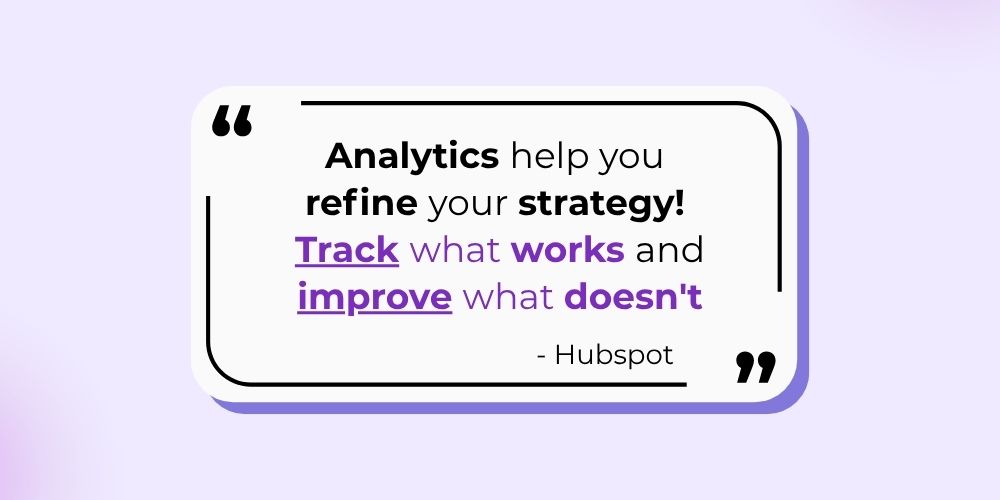
Tip: Use free tools like:
- Google Analytics (for blog/web traffic)
- Instagram Insights (for post reach and saves)
- Ubersuggest or SEMrush (for keyword trends)
Set aside one day each month to review your content performance. You’ll be surprised how much you can learn and tweak for better results.
One of our e-commerce clients found out that posts with customer stories always got more clicks than product features. So we pivoted, and sales followed.
Conclusion
So, back to the question:
Is content marketing still worth it for small businesses in Dubai?
Our answer: Absolutely.
But only if it’s done right. Content marketing isn’t about going viral or creating flashy videos. It’s about showing up consistently, solving real problems, and speaking directly to your people.
And you don’t have to do it alone. At The Meta Future, we help small businesses like yours design content strategies that are authentic, effective, and built to scale.
Your story matters. Let’s help the world hear it.

